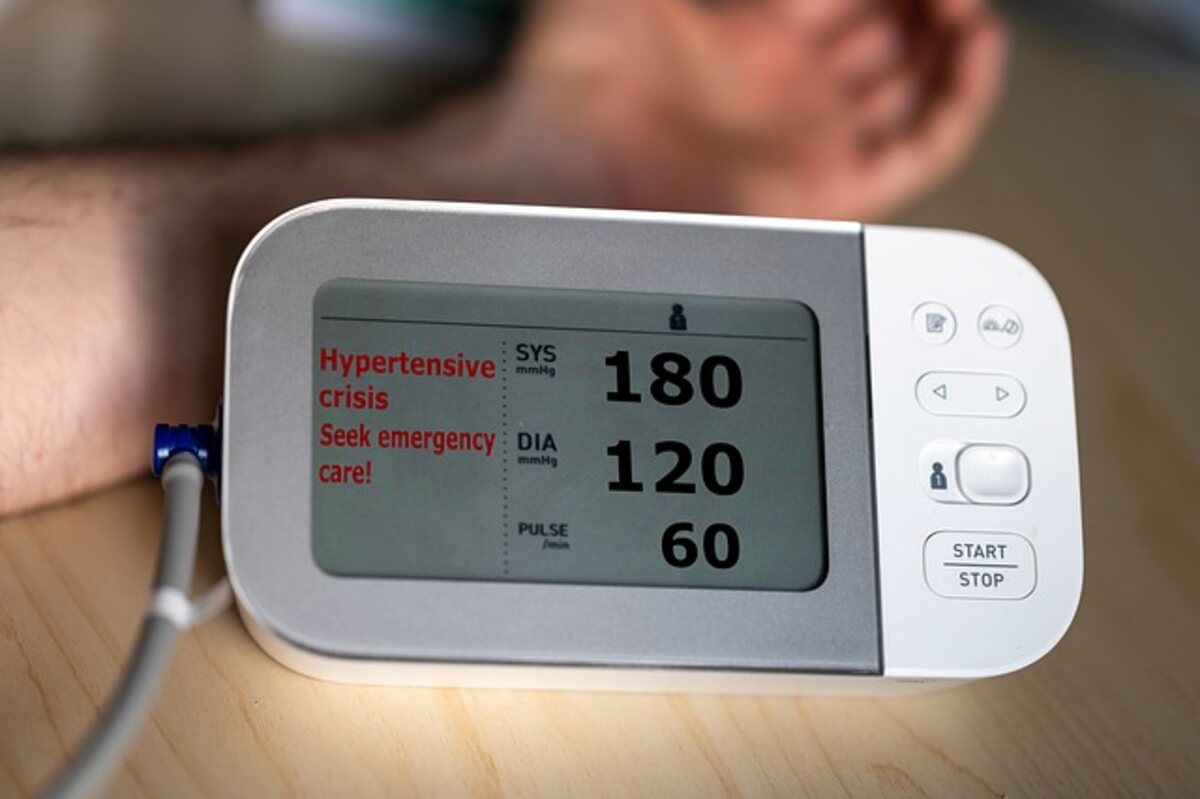A premium is the monthly fee for maintaining health insurance, whether through purchasing it yourself or through your employer’s plan. Tips are often taken directly out of paychecks for payment.
Your premiums depend on several factors, including age, family history, and existing health conditions. You could choose a plan with low out-of-pocket caps to lower out-of-pocket limits.
Location
Premium Health is committed to providing compassionate, culturally competent, and comprehensive healthcare and behavioral health services to members of their community in need regardless of ability to pay. They aspire to become one of the top-ranked community health centers nationwide, offering COVID-19 and flu vaccines at select locations and COVID-19 testing services at their center. Visit their website for more information regarding these locations, dental care, pregnancy counseling services, and much more!
Age
As individuals age, their risk of hospital visits increases, leading to higher premiums and premium savings. Therefore, investing in health insurance from an early age is beneficial; it will save on premiums and provide instant coverage.
Under previous regulations, health insurers could charge much higher premiums for someone aged 65 than for a 30-year-old (often five times or more). As a compromise solution, President Barack Obama and his administration instituted a 3-to-1 age rating ratio for new policies sold on individual and small group markets (this does not apply to large employer-sponsored plans).
While the standard age-rating curve has steepened significantly since before the implementation of the Affordable Care Act, its effects are no longer as dramatic. Now, thanks to new rules, premium growth may increase gradually rather than quickly, helping keep healthcare costs under control while preventing health insurers from raising prices too rapidly.
Pre-existing conditions
Before the Patient Protection and Affordable Care Act (also known as Obamacare and ACA) came into force, health insurance companies could refuse to cover preexisting conditions or charge significantly higher premiums, creating an insurmountable barrier to changing jobs, enrolling in new plans or switching between insurers.
Pre-existing conditions refer to any illness or injury before enrolling in their health insurance policy. These can range from chronic health problems like asthma and diabetes to more severe issues like heart disease or cancer – or it could simply be seasonal allergies or minor skin allergies that exist then.
While the Affordable Care Act prohibits insurers from denying coverage or charging more for pre-existing conditions, there are exceptions. Short-term medical and farm bureau plans do not need to comply with ACA requirements and can continue excluding or charging more for such situations. Furthermore, some states have set up pools for those with pre-existing conditions.
One such program is the Pre-Existing Condition Insurance Plan, which offers temporary health coverage to people who are unable to qualify for individual plans but need temporary health coverage due to certain illnesses and injuries. Unfortunately, enrollment numbers have been dismal; HHS estimates only around 60,000 eligible participants this year due to people unwilling to forgo health coverage for six months and paying much higher premiums once the program ends.
However, under the Affordable Care Act (ACA), pre-existing condition waiting periods have been eliminated for new individual and family plans, meaning even those with pre-existing conditions can now secure comprehensive health coverage at an affordable price. At eHealth, we aim to find total health coverage explicitly tailored to meet your unique health needs and budget regardless of pre-existing conditions. To help find this coverage more efficiently, we suggest using our free online health insurance comparison tool, allowing users to compare health plan coverage costs with various medical needs.
Family history
High blood pressure, cancer, and certain psychiatric disorders run in families. Knowing a family history’s medical past can help doctors assess a patient’s risk for developing such conditions and recommend preventive or therapeutic measures or therapies accordingly. Furthermore, awareness of it can encourage individuals to adopt healthier lifestyles.
To gather their family health history, patients should conduct interviews and collect all available data – including names, sexes, relationships to them, and dates (marriages, births, and deaths). Most healthcare practitioners require three generations’ worth of data to build an accurate family tree; additionally, patients must note whether any family members are still living and at what age or have died.
At every visit to their doctor, an updated health history should help patients better understand their risk factors and potential treatment options.
Families tend to share more than genetic characteristics; they often live similar lifestyles and environments. These similarities can help identify family conditions and provide clues as to whether an individual, their children, or grandchildren are more at risk for developing the illness.
Note that having a family history of any disease doesn’t guarantee an individual will develop it; instead, such evidence can point to increased risks when assessing risk levels in individual patients.
Women with a family history of breast cancer should be especially vigilant about regular screenings; men with an increased risk for heart disease should also receive annual cardiovascular screenings. A family health history can help physicians detect potential health problems early and recommend preventive measures, which could ultimately save lives. It can also promote healthier lifestyle choices like eating balanced diets and getting adequate sleep. Ideally, physicians should share family histories as part of each patient’s medical record.


